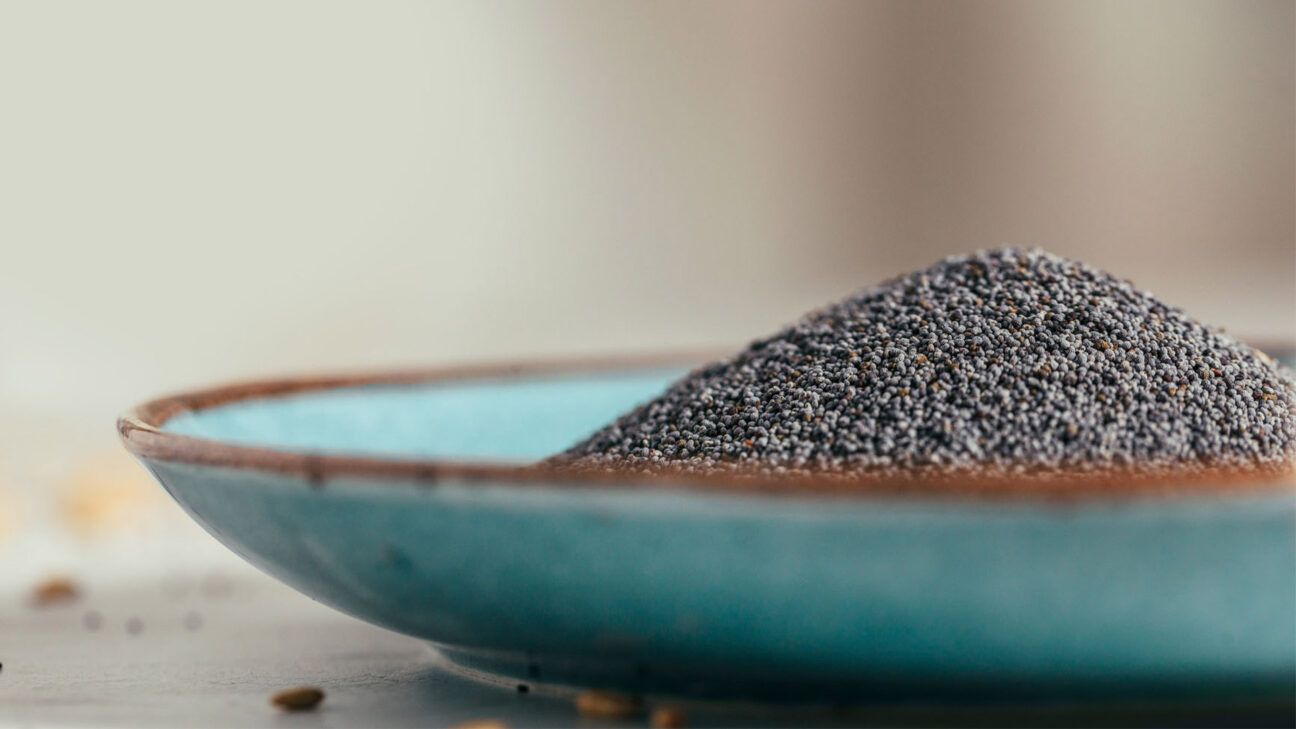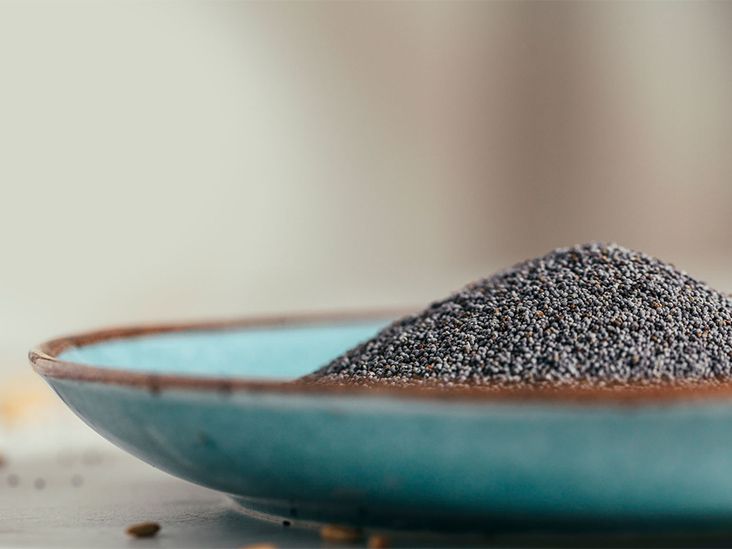
- A new paper suggests chia seeds might possess nutritional traits that might aid blood pressure management and boast anti-inflammatory benefits.
- The paper adds to a growing body of research that supports the health benefits of consuming chia seeds.
- Experts share that chia seeds are an excellent addition to a balanced diet and recommend incorporating them into meal plans.
Chia seeds have long been popular additions to “superfood” listicles and a new paper indicates support for keeping them there.
The paper, published Thursday, suggests that chia seeds may reduce blood pressure and cancer risks.
“This knowledge not only deepens our understanding of chia seed nutrition but also offers insights for scientists to leverage this information toward improving human health,” says Michelle Routhenstein, RDN, a registered dietitian nutritionist and preventive cardiology dietitian at EntirelyNourished.
That knowledge includes a
- Polyunsaturated fatty acids that can improve cardiovascular health
- High fiber that can aid in the stabilization of blood glucose levels in individuals with type 2 diabetes and diseases related to the GI tract
- Protein that might help treat cancer and high blood pressure
- Antioxidants
- Antimicrobial properties
Generally, experts share that it’s important to understand the nutritional value of foods, including chia seeds.
“Nutrition profoundly affects our health, longevity, and susceptibility to illnesses,” says Catalina Ruz Gatica MS, RD, LDN, a registered dietitian specializing in chronic illness and general wellness. “By identifying key nutrients in specific foods that can combat illness, we equip our bodies with essential tools for maintaining health.”
Experts dug deeper into the new paper, explaining what it tells us, what it doesn’t, and how to incorporate chia seeds into your diet.
A quicker primer on chia seeds before digging in:
“Chia seeds are the edible seeds from the plant Salvia hispanica, which is part of the mint family,” explains Cara Harbstreet, MS RD LD of Street Smart Nutrition.
Chia seeds are native to South America and were used as a staple crop and food source by Mesoamerican cultures before colonization by European studies. They’re black or gray and small (about 2 millimeters), Harbstreet explains.
“A key distinguishing feature is their hydrophobic nature, allowing them to absorb 10 to 12 times their weight in liquid,” Harbstreet says. “This forms a thick, gel-like substance for food use, although they can also be eaten raw.”
Chia seeds’ long list of potential health benefits — despite their small size — has also distinguished them among scientists.
“Chia seeds have long been researched for their nutritional and pharmaceutical benefits. They contain omega-3 fatty acids, polyunsaturated fatty acids, fiber, and protein, along with antioxidants and trace minerals,” says Maddie Pasquariello, MS, RDN.
Researchers “sequenced the chia genome,” which means they looked at its genetic information in a laboratory.
The authors noted 29 genes in chia seeds that contribute to polyunsaturated fatty acids (PUFA) biosynthesis and 93 that help with the gel-forming property Harbstreet discussed above. Moreover, more than 2,700 genes highly expressed in the seed will likely create protein-derived small bioactive peptides.
“These compounds may offer benefits such as anti-inflammatory effects, glucose regulation, and blood pressure management [when consumed],” Ruz Gatica says.
This paper isn’t the first to sequence a chia genome, but it’s more detailed at the molecular level and adds to a growing knowledge base.
“This study marks a significant milestone as it unveils the genome mapping of chia seeds, a vital step in comprehending the seed’s genetic composition and potential for future breeding,” Ruz Gatica says.
Harbstreet says that the research can set the table for more data on the potential for the foods’ human health benefits.
“This could enable future studies to focus on these specific genetic characteristics of chia seeds for nutrition or pharmacological research,” Harbstreet says. “In addition, this could encourage other plant genomic scientists to consider the potential nutrition-related outcomes of their research and include it more prominently in their reports or publications. This may lead to cross-specialty collaborations or partnerships, as research is a slow and expensive process that relies on interest from various groups to advance our knowledge.”
“While the paper presents a rigorous look assessment of the chia genome and suggested implications for the field of nutrition, it doesn’t provide explicit evidence linking the nutritional content of chia — more than other substances containing PUFAs, fiber, and more — to the negation of disease risk,” Pasquariello says.
“While the study briefly discusses prior research that established protein, fat, and fiber content by weight of chia, the authors of this paper do not discuss the full nutrient content of chia in a significant way or note the implications of its mineral or antioxidant content beyond a brief mention of B-caryophyllene,” Pasquariello added.
Pasquariello says this doesn’t reduce the impact or validity of the paper but cautions people from using it as a sole reason to add chia seeds to their diet.
She says the paper warrants further discussion and will hopefully prompt more research into the human health implications of chia seeds.
As the research implies, the benefits of chia seeds likely stem from their composition.
“The potential of chia seeds to reduce the risk of high blood pressure is primarily attributed to their Omega-3 fatty acid content,” Ruz Gatica says. “Chia seeds are an excellent source of plant-based Omega-3s. Research has shown that Omega-3 intake, whether through diet or supplementation, is linked to lower blood pressure.”
For instance,
As for cancer, Ruz Gatica points to chia seeds’ high concentrations of antioxidants and polyphenols.
“These antioxidants play a crucial role in protecting cells from oxidative damage caused by free radicals,” Ruz Gatica says. “This protective effect is significant in preventing the damage from prolonged inflammatory responses often associated with chronic illnesses like cancer.”
That said, no one food will prevent chronic disease.
“As part of an overall balanced and nutritious diet, chia seeds may help confer benefits for disease risk when it comes to cardiovascular health and cancer,” Pasquariello says. “It’s important to note, though, that, just as no singular food makes your diet ‘unhealthy,’ no singular food is a cure-all or wholly preventive for disease on its own.”
Chia seeds are not a cure-all for cancer or hypertension, but experts agree they are an excellent addition to most diets. You’ll want to go slow and monitor how your body feels if you are new to chia seeds.
“Gradually introducing chia seeds in small amounts is key to preventing digestive issues and getting accustomed to their texture,” Routhenstein says. “Because chia seeds absorb liquid and swell, staying well-hydrated is vital when incorporating them into your diet to prevent potential digestive discomfort.”
Experts shared their excellent ways to consume chia seeds.
Oatmeal
Ruz Gatica loves using chia seeds to upgrade this breakfast staple because it bolsters the dish with extra fiber, fats, and plant-based protein.
“Sprinkle chia seeds into your morning oatmeal,” she says. “Add your preferred liquid, such as milk, yogurt, or water, and let it sit for 5 to 10 minutes before eating.”
Chia pudding
Pasquariello says chia pudding is one of her favorite ways to incorporate these nutrient-dense seeds into her diet. She suggests combining:
- Two to three tablespoons of chia seeds
- A half-cup of yogurt
- One cup of milk
- Fresh fruit
- Honey or maple syrup to taste (optional)
“Leave it to set in the fridge for a few hours,” she says. “You can opt for Greek Yogurt or protein-rich milk, including both dairy and enriched non-dairy options, to add additional protein.”
Grains
Are you looking for something savory?
“Mix chia seeds into a grain blend,” Harbstreet says.”Try cooking them with quinoa, couscous, amaranth, orzo, lentils, or other small pasta shapes.”
A new paper indicates that chia seeds may aid in reducing a person’s risk for cancer and high blood pressure due to their composition, including omega-3 fatty acids and high fiber content.
Experts agree that chia seeds likely have nutritional benefits and make a great addition to a balanced diet.
Chia seeds can be used to make pudding or added to oatmeal and grains.
There is no one-size-fits-all cure for chronic disease, so balancing chia seeds with other nutrient-dense dishes is key. A doctor or dietician can provide further insights.
Source link
credite

